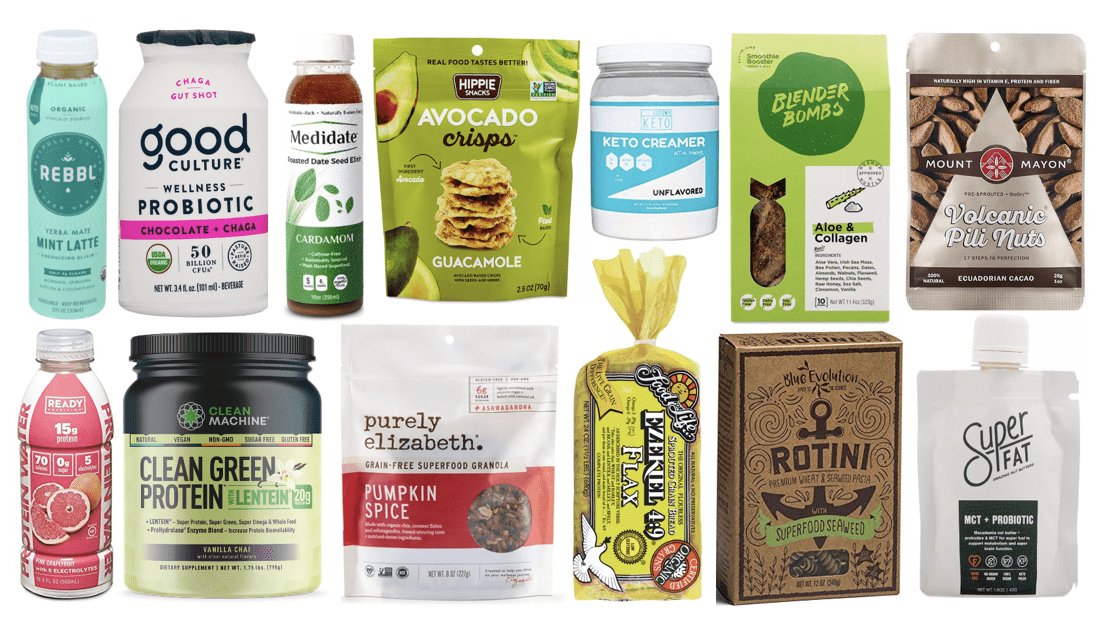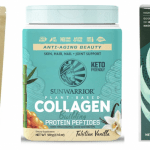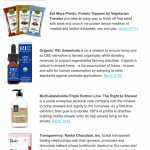Let’s get functional, functional
A few weeks ago, the NEXT Data & Insights team co-hosted a webinar on functional foods. Functional foods have been around since at least the 1920’s, and they saw a resurgence with products like Carnation instant breakfast and plant sterol margarines. And it seems functional foods are undergoing yet another metamorphosis now.

First things first, there are two broad types of functional foods. One type is a food that is super-nutritious, like a superfood (think blueberries or oatmeal). The second is a food that’s been altered to make it healthier. An example of this kind of functional food is pasta made from spinach instead of wheat, or eggs with Omegas. It’s this second category that we’re usually referring to when we mention functional foods.
A brief history
Initially, vitamins were added to foods because we’d taken all the nutrients out (ahem, white flour), and because we were trying to prevent serious illnesses (like goiter). Iodizing salt and enriching flour worked pretty well in keeping us out of the hospital. But now that we have access to balanced, nutritious food (or at least less goiter), what are we going to fortify our food with? Answer: spirulina (for example).
We are in the process of migrating away from fortification with vitamins and towards fortification with superfoods, herbs, spices, and botanicals. We’ll call these the ‘modern functionals.’ To be clear, a lot of people still buy and consume things like calcium-fortified orange juice. However, browse any Whole Foods aisle, and you’re likely to see the most unlikely ingredients in the most common of foods. Probiotics in juice, guayusa in an apple cider vinegar shot, maitake in chocolate coconut milk, to name a few.

If you’re curious, the highest growth functional ingredients are prebiotics, MCT, melatonin, and L-theanine. The first being for digestion, the second is supposed to make you smarter, potentially thinner, and the last two will help you get those Zzzz’s.
Why?
Upset tummies, brain fog, and sleepless nights are more or less ailments of the 21st century, not the past 20 centuries. If you’re worried about dysentery, prebiotics are not going to do the trick. But if you’ve overdone the antibiotics in your life, then you might be experimenting with your biota.
It’s not surprising then, to see modern functionals added to luxury items like coffee, RTD beverages, bars, snacks, pasta, chocolate, or ice cream. Does adding turmeric to coffee make us feel less guilty about drinking a 5th cup? Or do we just want to have our cake and pretend it’s good for us because its made with coconut?
To dive deeper into the world of functional foods and beverages, check out our webinar on-demand. And if you’re curious whether adding functional ingredients to your product formulations makes sense for your brand, NEXT’s Concept Lab can help.



